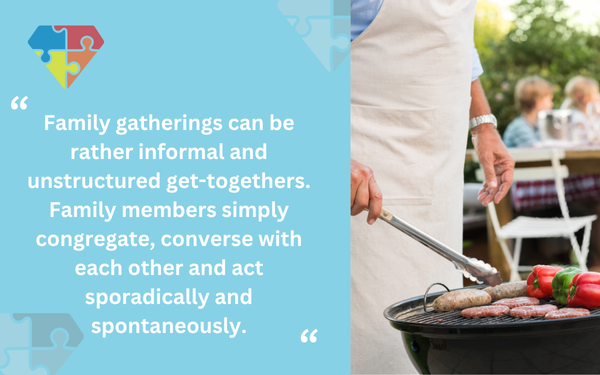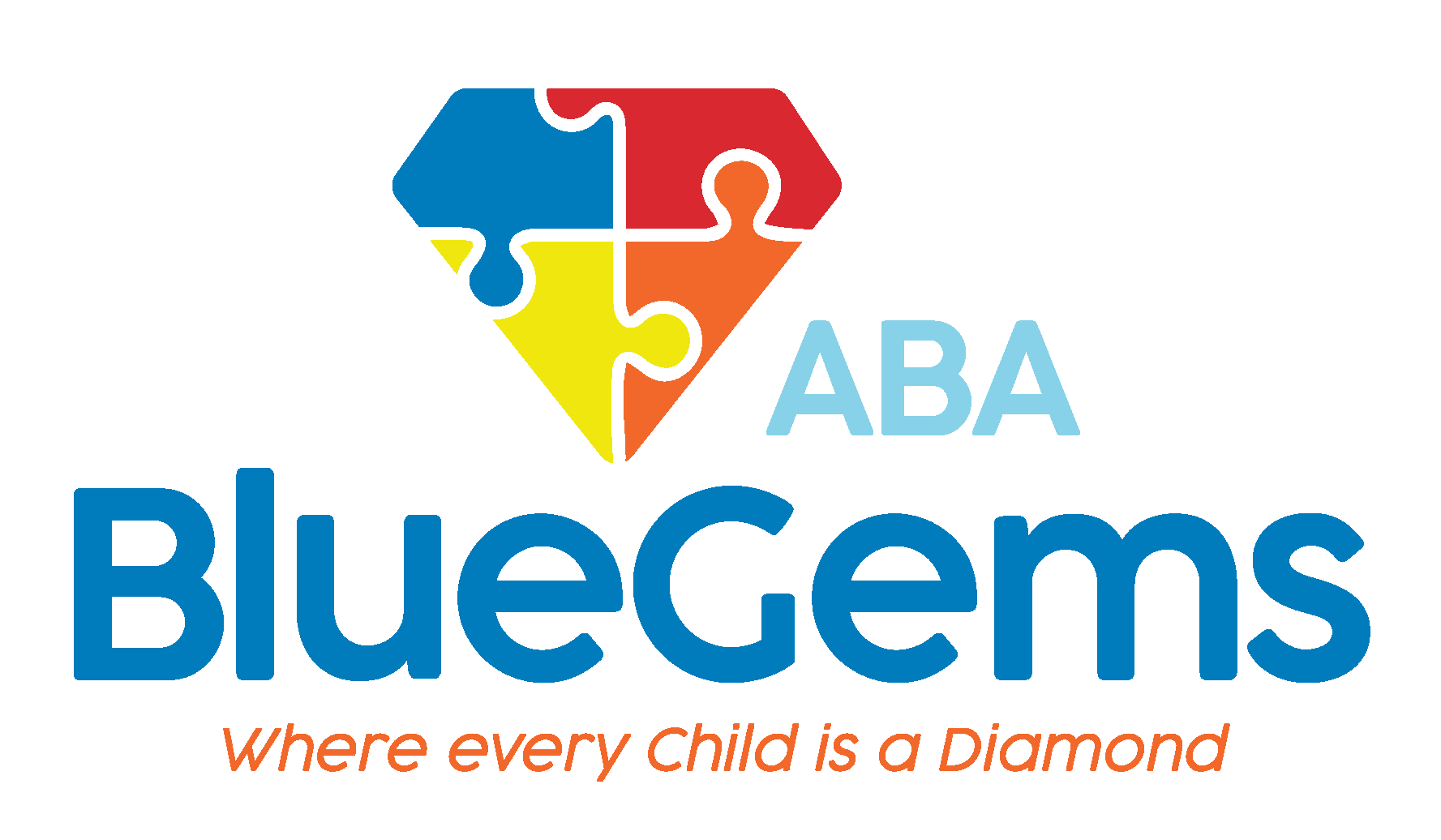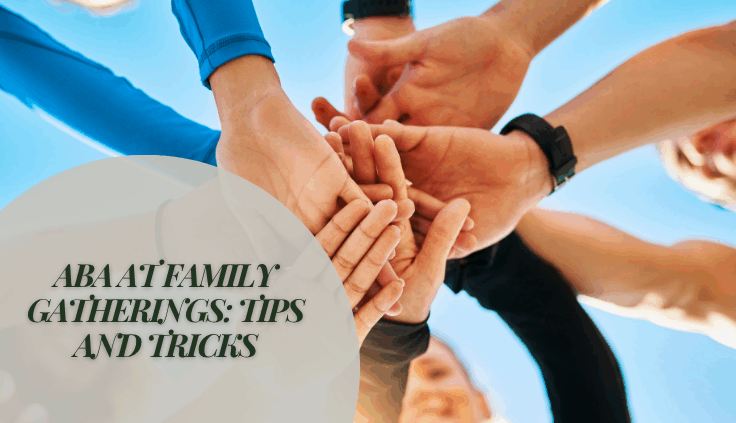ABA at Family Gatherings: Tips and Tricks
Through applied behavior analysis, children with autism spectrum disorder (ASD) can build new skills to help them overcome some of the most common symptoms of their disorder — deficits with communication and social interactions, sensory sensitivities and more.
Also known as ABA therapy, it’s a science-based approach to learning and behavior that uses various strategies in structured settings to teach. Over time, children with autism can show immense progress as they build practical skills they’ll need to integrate into social situations, schooling, work and everyday life.
Family integration is a key component of ABA therapy, as parents, siblings and other family members can help to reinforce the concepts taught during sessions when therapists are no longer around.
ABA therapy can help to prepare children with ASD for outings so that they can enjoy experiences. In this article, we’ll discuss some tips and tricks about how ABA therapy can help at family gatherings.
Table Of Contents
Role Play Scenarios
In preparation for family gatherings, it’s best to role play different scenarios with your child at home, where they are comfortable, familiar and feel safe. You can use many different tools and strategies to expose them to some of the things they are going to encounter — which could be especially important if they’ve never attended such an event before.
Social stories can be great at illustrating what a family gathering will entail. They put the child as the central character of a story, visually showing them what is involved in a family gathering and how they are expected to act.
You can also use other visual aids to help set the foundation for family gatherings.
Another important aspect of preparation is to role play scenarios. Doing so will allow the child to practice the skills and behaviors they need to master in order to be successful at the family gathering.
| Tip / Strategy | Description | Why It Helps at Gatherings |
|---|---|---|
| Role Play Scenarios | Practice interactions and expected behaviors at home where your child feels safe and familiar. Use social stories to put your child at the center of the scenario, plus visual aids and simple mock run‑throughs to preview what to expect at a family gathering. | Builds familiarity and confidence, reduces uncertainty and anxiety, and sets clear expectations before the real event. |
| Create Structure | Even if the gathering is informal, provide predictability with a simple visual schedule (travel, greetings, activities, mealtime, goodbyes) and use timers to signal starts/ends and transitions. | Predictable routines lower overwhelm, support smoother transitions, and help your child know what’s coming next. |
| Be Consistent | Mirror therapy methods across family members: use the same visual cues, prompts, and reinforcement schedule the therapist uses so expectations match between sessions and home. | Consistent cues and rewards strengthen learned skills in real‑world settings and increase the chance everyone enjoys the gathering. |
Create Structure
Children with autism thrive on structure and routine. When they’re able to predict what’s about to happen, or when they are provided concrete start and end times, they are more likely to experience less anxiety and, as a result, avoid becoming overwhelmed as easily.
Family gatherings can be rather informal and unstructured get-togethers. Family members simply congregate, converse with each other and act sporadically and spontaneously.

The more structure you can create for your child with autism, though, the more likely they are to feel safe and comfortable. You can do this even if the gathering as a whole isn’t structured.
Create a visual schedule that can help your child prepare for the different transitions involved, such as traveling to the location, moving from one activity to the next and more. Timers can also help by setting clear boundaries for when they can play freely, for example, and when they have to stop to eat.
Be Consistent
The reason why family members are an integral part of the success of ABA therapy is they can help to reinforce the concepts that are learned during supervised sessions. This will only be effective, though, if the family members are consistent with their application of the strategies, tools and support — taking the lead from the therapist and using the approach they do in sessions.
Examples of this are using the same visual cues, prompts and other support tools to signify that it’s time for the child to do something or behave in a certain way. It also includes using the same positive reinforcement schedule and reward system when the child successfully attempts, completes or exhibits the desired skill or behavior.
When children are presented with a consistent routine and approach in both therapy environments and outside of them, they are more likely to respond in a successful way. In the end, this will enable the child — and the family as a whole — to enjoy the family gathering as much as possible.
Blue Gems ABA Can Prepare Children with ASD for Family Gatherings
These are just a few of the tips and tricks for how you can integrate ABA therapy principles, strategies and tools to prepare your child with ASD for family gatherings. By role playing scenarios, creating structure and ensuring consistency, your child will be less likely to feel anxious and overwhelmed and more likely to enjoy themselves.
At Blue Gems ABA, our team of therapists follows the principles of ABA therapy to prepare children with autism for family gatherings and other social situations. By crafting all treatment plans to the unique strengths, challenges and preferences of each individual patient, we are able to specifically and effectively target the skills and behaviors that they need to build and improve.
To learn more, please contact us today.




